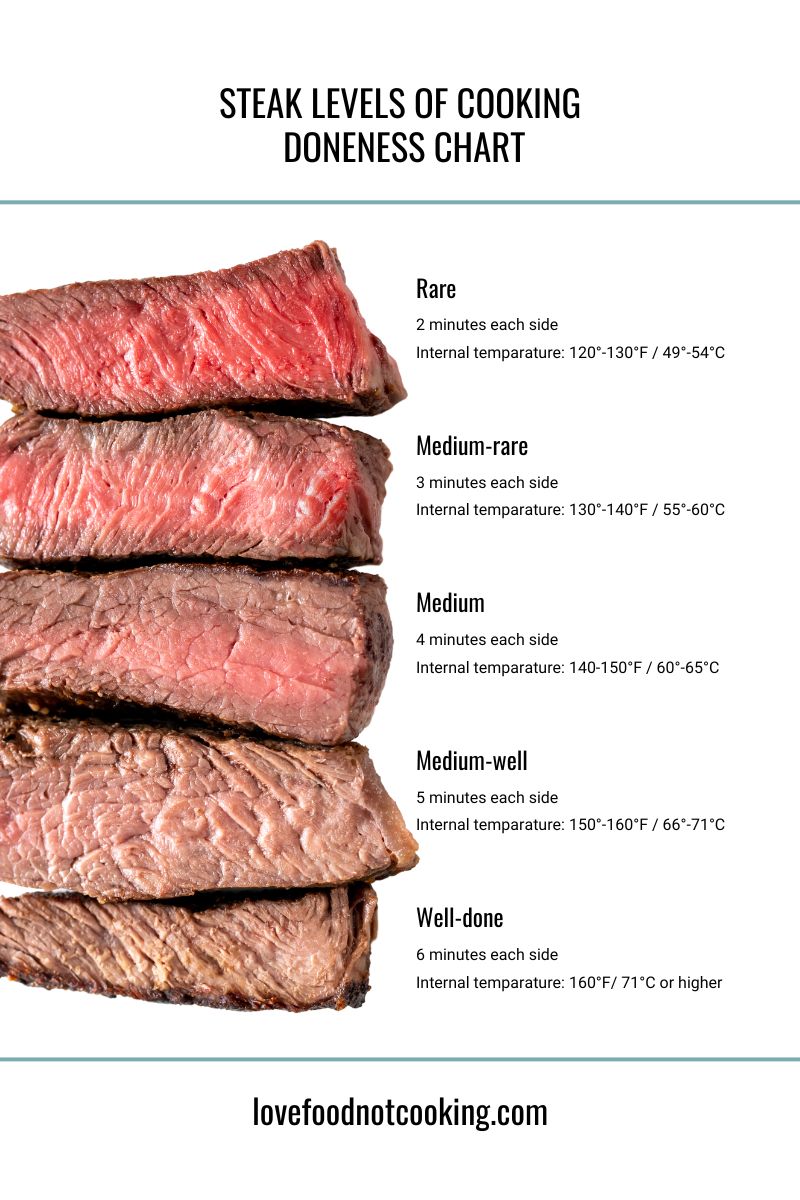There's nothing quite like the satisfaction of cooking a perfectly medium steak at home. Achieving that juicy, flavorful piece of meat can elevate any meal to restaurant-quality standards. Whether you're a seasoned chef or just starting out in the kitchen, understanding the ideal temperature and technique is key to mastering this art.
Cooking a steak to perfection involves more than just throwing it on the pan. It requires attention to detail, from letting the meat reach room temperature before cooking to knowing exactly when to flip and how long to sear. This guide will walk you through everything you need to know about achieving that perfect medium steak, ensuring your efforts result in a deliciously tender and juicy cut every time.
Achieving the perfect medium steak involves precise control over cooking temperatures. Letting the steak come up to room temperature helps it cook more evenly, which is crucial for maintaining its juiciness. When cooking on the stovetop, start with a hot skillet and maintain a medium-high heat. This method ensures that the exterior gets a nice sear while the inside remains tender and pink. Adding butter and herbs towards the end gives an extra layer of flavor, making your steakhouse-quality dish complete right at home.
Perfect Steak Cooking Techniques
The duration for which you should cook your steak depends largely on the desired level of doneness. For a medium steak, aim for an internal temperature range between 130°F and 145°F. Grilling beyond medium-rare risks drying out the meat and compromising its tenderness. Thus, timing is as important as temperature control during the cooking process.
To ensure your steak reaches the optimal medium state without overcooking, consider using a meat thermometer. Insert the probe into the thickest part of the steak, avoiding any bones, to get an accurate reading. Remember, residual heat continues to cook the meat even after removing it from direct heat, so take this into account by removing the steak slightly below your target temperature.
Letting the steak rest before serving allows the juices to redistribute throughout the meat, enhancing both flavor and texture. Allow it to sit for approximately five minutes under a loose tent of aluminum foil. This simple step significantly improves the overall quality of your steak, ensuring each bite is as enjoyable as the last.
Ideal Temperature Control
Understanding the nuances of different doneness levels is essential for crafting the best possible steak experience. Medium-rare steaks are characterized by their warm, red center, typically achieved within the temperature range of 130°F to 135°F. Removing the steak from heat around 115°F ensures it achieves this desirable level of doneness once resting is factored in.
For those who prefer their steaks closer to medium, adjusting the cooking time accordingly is necessary. Aim for an internal temperature of approximately 145°F, keeping in mind that exceeding this point may lead to drier results. Regularly check the temperature to prevent overcooking, especially if you're new to grilling or using unfamiliar equipment.
Experimentation plays a vital role in discovering your personal preference regarding steak doneness. While some enjoy the rich flavors of rare cuts, others might find medium or well-done options more appealing. Regardless of your choice, adhering to recommended temperature guidelines guarantees consistent outcomes across various preparation methods.
Enhancing Your Steak Experience
Reverse searing represents one innovative approach to preparing steak, offering uniform doneness from edge to edge. By initially cooking the steak slowly in an oven or sous vide machine, followed by a quick high-heat sear, you achieve a beautifully browned exterior paired with a perfectly cooked interior. This method minimizes moisture loss while maximizing flavor development.
When utilizing tools such as Joule for precision cooking, adhere strictly to specified times and temperatures based on your preferred doneness level. A two-inch thick steak generally benefits from extended cooking periods, allowing ample time for heat penetration. Adjust settings according to whether you desire medium-rare or medium finishes, ensuring each piece meets your exact specifications.
Ultimately, the journey toward mastering steak preparation involves continuous learning and adaptation. As you refine your techniques and gain confidence in the kitchen, you'll unlock endless possibilities for creating unforgettable meals centered around this timeless classic. Embrace experimentation and let your creativity shine through every sizzling bite!

